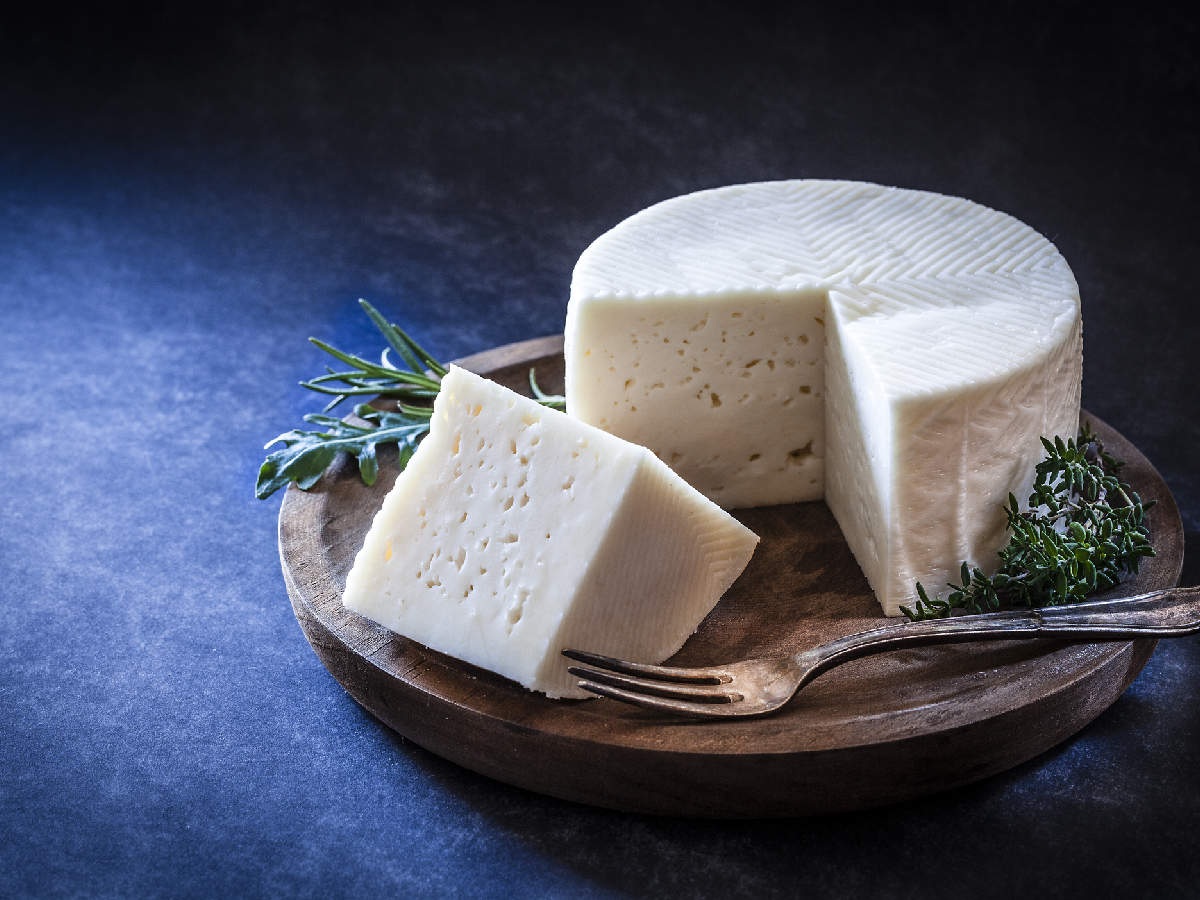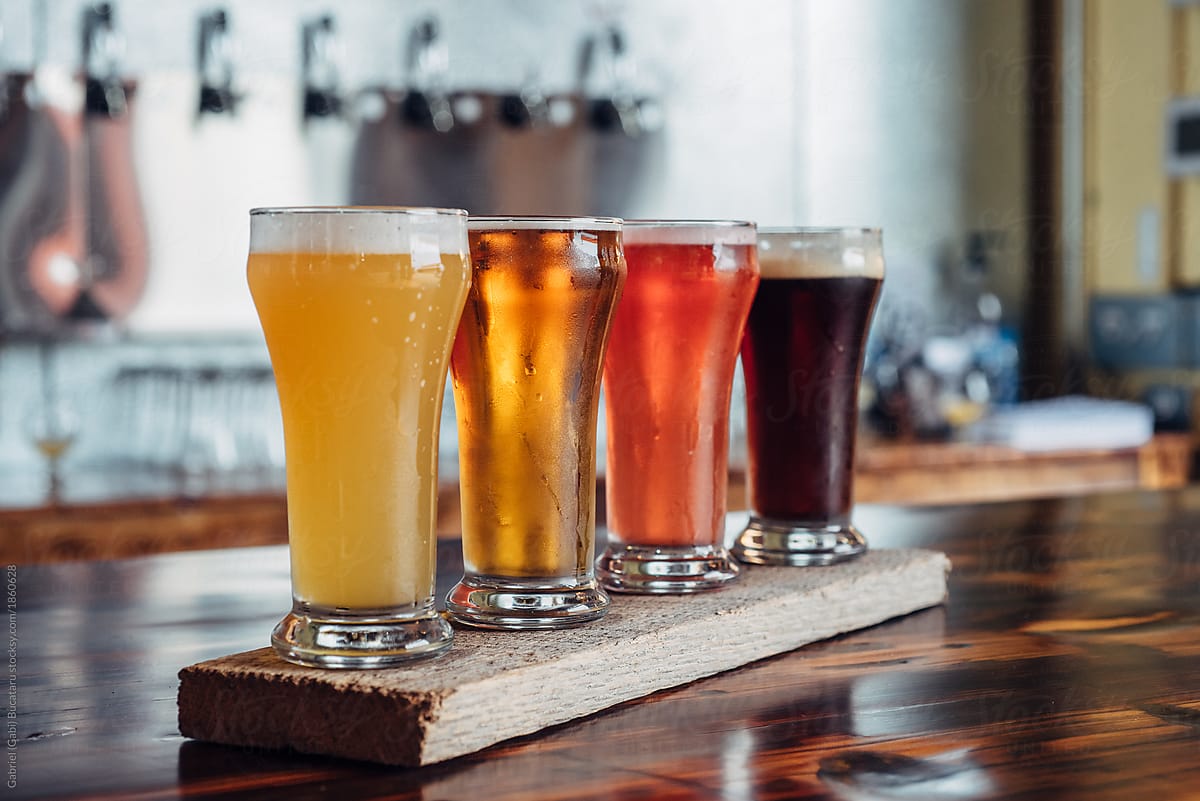
Canola Oil vs. Olive Oil: What’s the Difference?
Canola oil and olive oil are two widely used cooking oils known for their distinct flavors, health benefits, and culinary versatility. While both oils are popular choices in the kitchen, they differ significantly in terms of their sources, nutritional profiles, flavors, and culinary uses. In this comprehensive guide, we’ll explore the differences between canola oil and olive oil to help you understand which one may be the best choice for your cooking needs.
Sources and Extraction
Canola Oil
Canola oil is derived from the seeds of the canola plant, which is a member of the Brassica family, along with broccoli, cabbage, and mustard. The name “canola” is a contraction of “Canadian” and “ola,” referring to the plant’s Canadian origins and its high content of monounsaturated fatty acids (MUFAs). Canola oil is extracted through a process of crushing and pressing the seeds to extract the oil, followed by refining, bleaching, and deodorizing to produce a clear and neutral-tasting oil.
Olive Oil
Olive oil is extracted from the fruit of the olive tree (Olea europaea), which is native to the Mediterranean region. The oil is predominantly extracted from the fleshy part of the olive fruit, although some oils are also derived from the olive pits. Olive oil extraction methods vary, but they typically involve crushing the olives into a paste, followed by pressing or centrifugation to separate the oil from the solids and water. Extra virgin olive oil, the highest quality and most flavorful type of olive oil, is extracted using mechanical methods without the use of heat or chemicals.
Nutritional Profiles
Canola Oil
Canola oil is prized for its high content of heart-healthy MUFAs and omega-3 fatty acids, particularly alpha-linolenic acid (ALA). It is also low in saturated fat and contains zero cholesterol, making it a healthier option compared to many other cooking oils. Additionally, canola oil is rich in vitamin E, a powerful antioxidant that helps protect cells from damage caused by free radicals.
Olive Oil
Olive oil is renowned for its rich flavor and abundance of monounsaturated fats, primarily oleic acid. Extra virgin olive oil, in particular, is packed with antioxidants, including vitamin E and polyphenols, which have anti-inflammatory and anti-cancer properties. Olive oil is also low in saturated fat and cholesterol-free, making it a heart-healthy choice when used in moderation.
Flavor Profiles
Canola Oil
Canola oil has a mild and neutral flavor, making it suitable for a wide range of cooking applications. Its subtle taste allows the flavors of other ingredients to shine through, making it ideal for frying, baking, sautéing, and salad dressings. Canola oil’s neutral flavor also makes it a popular choice for those who prefer a less pronounced oil taste in their dishes.
Olive Oil
Olive oil is prized for its rich and distinctive flavor, which can vary depending on factors such as the olive variety, growing region, and processing methods. Extra virgin olive oil has a fruity and peppery flavor with hints of bitterness, while lighter olive oils may have a milder taste. Olive oil adds depth and complexity to dishes and is commonly used in Mediterranean cuisine, including salad dressings, marinades, dips, and drizzling over cooked vegetables and pasta.
Culinary Uses
Canola Oil
Canola oil’s neutral flavor and high smoke point make it a versatile cooking oil suitable for various cooking methods, including frying, baking, grilling, and stir-frying. It has a smoke point of around 400°F (204°C), which means it can withstand high temperatures without burning or producing harmful compounds. Canola oil’s light texture and mild taste make it an excellent choice for frying foods, as it allows the natural flavors of the ingredients to come through without overpowering them.
Olive Oil
Olive oil is prized for its rich flavor and is commonly used in Mediterranean and Middle Eastern cuisines. Extra virgin olive oil is best suited for drizzling over salads, vegetables, and grilled meats, as well as for making salad dressings and marinades. It can also be used for sautéing and shallow frying at low to medium heat. Lighter olive oils, such as pure or refined olive oil, are better suited for high-heat cooking methods like frying and roasting, as they have a higher smoke point compared to extra virgin olive oil.
Health Benefits
Canola Oil
Canola oil is renowned for its heart-healthy properties, thanks to its high content of MUFAs and omega-3 fatty acids. Regular consumption of canola oil has been linked to reduced LDL (bad) cholesterol levels, improved cardiovascular health, and a lower risk of heart disease. Additionally, canola oil’s low saturated fat content makes it a healthier option compared to oils high in saturated fats, such as coconut oil and palm oil.
Olive Oil
Olive oil is considered a cornerstone of the Mediterranean diet, which has been associated with numerous health benefits, including reduced risk of heart disease, stroke, and certain types of cancer. The high concentration of monounsaturated fats in olive oil helps lower LDL cholesterol levels and increase HDL (good) cholesterol levels, improving overall heart health. Olive oil’s antioxidant properties also help reduce inflammation and oxidative stress in the body, promoting longevity and well-being.
Conclusion
In conclusion, while both canola oil and olive oil are popular cooking oils with distinct flavors and health benefits, they differ significantly in terms of their sources, nutritional profiles, flavors, and culinary uses. Canola oil is prized for its neutral flavor, high smoke point, and heart-healthy properties, making it suitable for a wide range of cooking applications. Olive oil, on the other hand, is celebrated for its rich flavor, abundance of antioxidants, and association with the Mediterranean diet, making it a staple in many cuisines around the world. Whether you choose canola oil or olive oil for your cooking needs, both oils can be part of a balanced and healthy diet when used in moderation.
When it comes to cooking oils, canola oil and olive oil are two of the most popular choices in kitchens around the world. Both oils have distinct flavors, nutritional profiles, and culinary uses, but they also differ in terms of their extraction processes, smoke points, and health benefits. In this comprehensive guide, we’ll explore the differences between canola oil and olive oil to help you understand which one may be the best choice for your cooking needs.
Extraction Process
Canola Oil
Canola oil is extracted from the seeds of the canola plant, which is a type of rapeseed. The seeds are crushed to extract the oil, which undergoes a refining process to remove impurities and neutralize its flavor. Canola oil is then often further processed to improve its shelf life and stability, including processes such as degumming, bleaching, and deodorizing. The result is a mild-tasting oil with a high smoke point, making it suitable for various cooking methods, including frying, baking, and sautéing.
Olive Oil
Olive oil is made by pressing olives to extract the oil, a process that has been used for centuries in Mediterranean countries. There are several grades of olive oil, including extra virgin, virgin, and refined olive oil, each with different characteristics and flavor profiles. Extra virgin olive oil, which is made from the first pressing of the olives, is considered the highest quality and has a rich, fruity flavor with a low smoke point. Virgin olive oil is made from the second pressing and has a slightly higher smoke point, while refined olive oil undergoes additional processing to remove impurities and neutralize its flavor, resulting in a mild-tasting oil with a higher smoke point than extra virgin olive oil.
Flavor and Aroma
Canola Oil
Canola oil has a neutral flavor and aroma, making it a versatile cooking oil that won’t overpower the taste of other ingredients. It has a light, clean taste that works well in a variety of dishes, from stir-fries and salad dressings to baked goods and marinades. Canola oil’s mild flavor makes it an excellent choice for cooking methods where you want the natural flavors of the ingredients to shine through.
Olive Oil
Olive oil has a distinct flavor and aroma that varies depending on the type and quality of the oil. Extra virgin olive oil has a rich, fruity flavor with peppery notes and a grassy aroma, while virgin olive oil has a slightly milder flavor and aroma. Refined olive oil has a more neutral taste and aroma compared to extra virgin and virgin olive oils. Olive oil’s characteristic flavor profile adds depth and complexity to dishes, particularly in Mediterranean and Middle Eastern cuisines.
Nutritional Profile
Canola Oil
Canola oil is a healthy cooking oil that is low in saturated fat and high in monounsaturated fat, which has been linked to various health benefits, including improved heart health and reduced inflammation. It is also a good source of omega-3 and omega-6 fatty acids, which are essential fats that the body needs for optimal health. Canola oil is cholesterol-free and contains vitamin E, an antioxidant that helps protect cells from damage caused by free radicals.
Olive Oil
Olive oil is also a nutritious cooking oil that is rich in monounsaturated fat and low in saturated fat. It contains high levels of oleic acid, a type of monounsaturated fat that has been shown to have numerous health benefits, including reducing the risk of heart disease and lowering blood pressure. Olive oil is also a good source of antioxidants, including vitamin E and polyphenols, which help protect against oxidative damage and inflammation.
Smoke Point
Canola Oil
Canola oil has a high smoke point, typically ranging from 400°F to 450°F (204°C to 232°C), depending on the refining process and the quality of the oil. This high smoke point makes canola oil suitable for high-heat cooking methods such as frying, grilling, and roasting, where higher temperatures are required.
Olive Oil
The smoke point of olive oil varies depending on the type and quality of the oil. Extra virgin olive oil has a lower smoke point, typically around 320°F to 375°F (160°C to 190°C), making it unsuitable for high-heat cooking methods. Virgin olive oil has a slightly higher smoke point, while refined olive oil has the highest smoke point of all olive oil varieties, ranging from 390°F to 468°F (199°C to 242°C). Olive oil is best suited for low to medium-heat cooking methods such as sautéing, baking, and salad dressings.
Culinary Uses
Canola Oil
Canola oil’s neutral flavor and high smoke point make it a versatile cooking oil that can be used for a wide range of culinary applications. It is ideal for frying, grilling, and roasting, as well as for making salad dressings, marinades, and baked goods. Canola oil’s mild flavor allows the natural flavors of the ingredients to shine through, making it a popular choice for cooking methods where you want to preserve the integrity of the dish.
Olive Oil
Olive oil’s rich flavor and aroma make it well-suited for a variety of culinary uses, particularly in Mediterranean and Middle Eastern cuisines. Extra virgin olive oil is best used in dishes where its fruity flavor can be appreciated, such as salads, pasta dishes, and drizzling over grilled vegetables and bread. Virgin and refined olive oils are better suited for cooking methods where a more neutral flavor is desired, such as sautéing, baking, and frying.
Conclusion
In conclusion, while both canola oil and olive oil are popular choices for cooking, they have distinct differences in terms of flavor, nutritional profile, smoke point, and culinary uses. Canola oil is a neutral-tasting oil with a high smoke point, making it suitable for high-heat cooking methods, while olive oil has a rich, fruity



